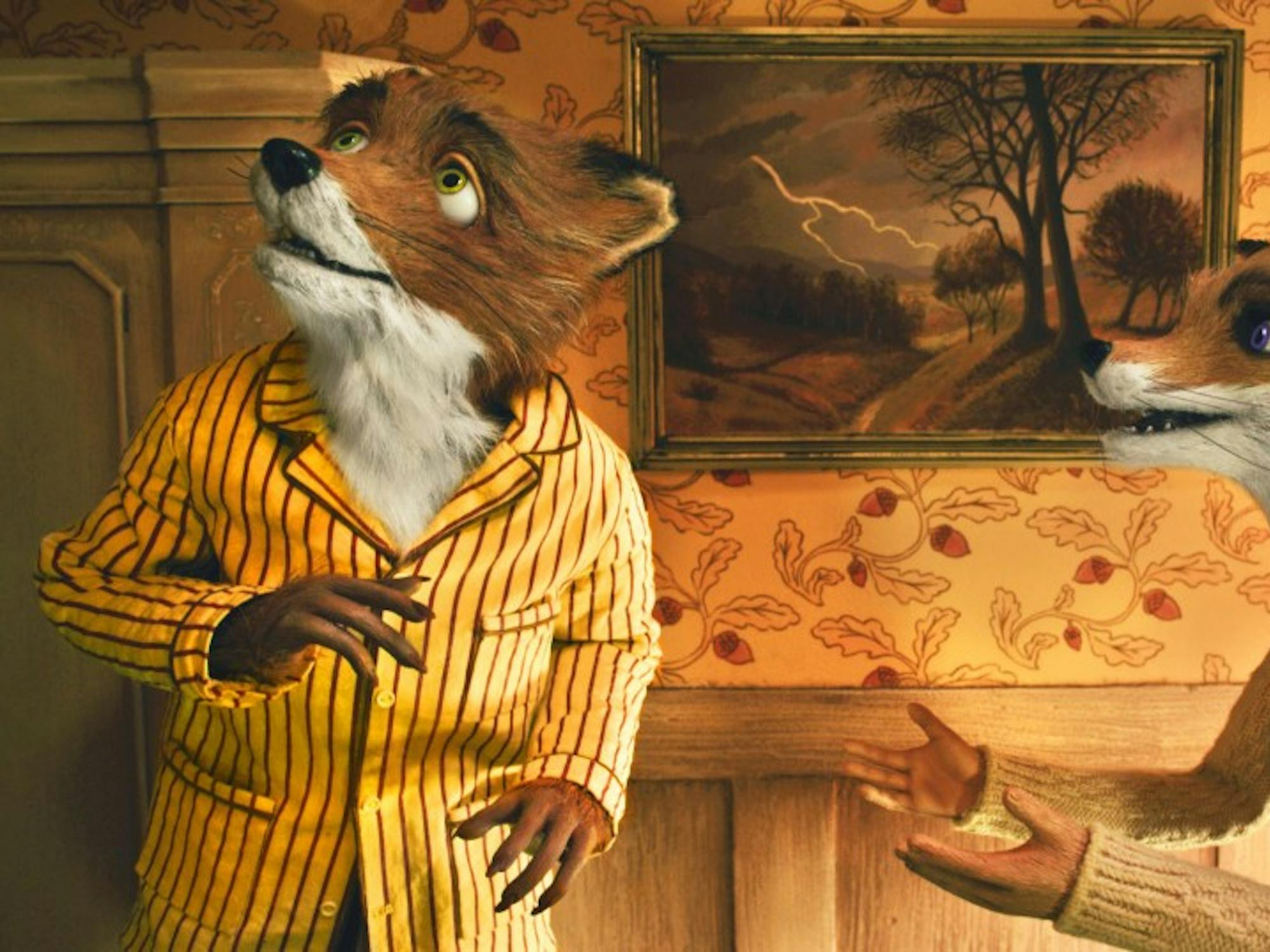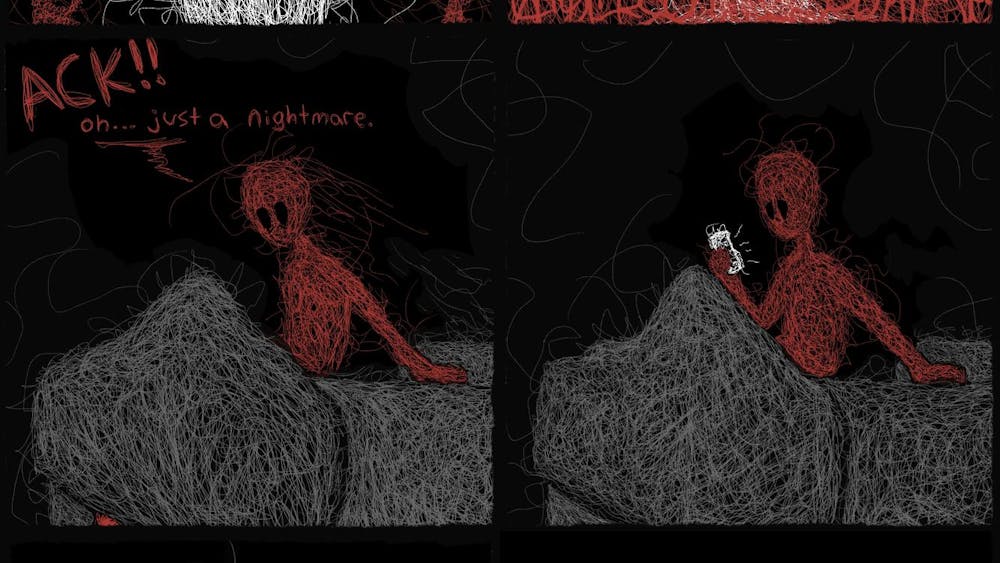Since the mid 1990s, Wes Anderson has carved out his own little niche in the film industry with dry, sharp-witted humor, lovably quirky characters and a visual style that is undeniably his own.
Like other auteur filmmakers —Woody Allen, for example — Anderson’s popularity is rather strange. To a small but passionate group of die-hard fans he represents the end-all be-all of what a great director can be; but to the every-day moviegoer Anderson is the epitome of pretentiousness, and most avoid him like a teenage boy avoids “Twilight.”
If a filmmaker’s success is directly correlated to their box-office earnings (which it isn’t, but bear with me), both Anderson and Allen are mediocre at best. Despite releasing a film almost every year since the late ‘60s, Allen’s highest grossing film is “Hannah and Her Sisters,” which grossed around $40 million in 1986. Allen’s average per film is $12 million, which “New Moon” made in the time it took me to write this sentence (OK, enough with the “Twilight” jokes).
Comparatively, Anderson’s highest grossing film is 2001’s “The Royal Tenenbaums,” which grossed $52 million in 1000 theaters and earned Anderson an Oscar nomination for Best Original Screenplay.
Over the last several years, he has experienced an unexpected desertion from his avid fans, who have abandoned his newest films in favor of his older work. Admittedly, Anderson has essentially tried to replicate the success of “Tenenbaums” without changing the formula too much, but the argument in his defense is he has simply found a consistent rut to get stuck in.
Whether you bought that excuse and embraced Anderson’s last film, “The Darjeeling Limited,” or found it boring and derivative, it was pretty clear Anderson was playing it safe, recycling the same actors, themes and motifs of his previous films. Unlike Allen, whose films are consistently inconsistent, Anderson’s work seems almost too focused in one direction for its own good.
Based on the direction of his newest film, “Fantastic Mr. Fox,” it’s not hard to imagine Anderson came to the same realization his fans had; namely, that his style was starting to wear thin. Interestingly, what makes this film one of Anderson’s best isn’t how vastly different it is from all of his other work, but how much of a challenge it must have been to make the film his own.
Based on the classic children’s story by Roald Dahl, “Fantastic Mr. Fox” is the first time Anderson has made a film based on someone else’s intellectual property. That being said, this film came with an entirely different set of expectations because the audience is no longer primarily Anderson fans, but also families and those who grew up reading Dahl. Anderson had to be careful to make a faithful adaptation that would satisfy his own fans without alienating those who are expecting a good family film.
The fact is “Fantastic Mr. Fox” is both an excellent Dahl adaptation and just as much of an iconic Anderson film as any of the director’s previous work is really quite an accomplishment that says more about how talented he is than any of his previous films could.
“Fantastic Mr. Fox” tells the story of Mr. Fox (voiced by George Clooney), a talented chicken thief who is forced into a life of domestic tranquility by his wife (Meryl Streep). Of course, Mr. Fox can’t ignore his instincts, and after 12 fox-years of retirement he returns to take on Boggis, Bunce and Bean, three successful and notoriously mean farmers.
The most immediate departure for Anderson is the film’s visual style, classic stop-motion animation. Though Anderson originally brought on Henry Selick (who did some animation in “The Life Aquatic”), Selick eventually left the project to make “Coraline,” leaving Anderson and his team of animators to tackle the project by themselves. While not as visually slick as Selick’s work, “Fantastic Mr. Fox” actually benefits from this, giving it a rough-around-the-edges charm.
This same charm is found in Dahl’s down-to-earth characters and engaging story. The characters in the film are primarily working-class, complete with business suits and thankless jobs. The characters exist in a world that feels shockingly authentic for Anderson, given that most of his characters are upper-class oddballs who are suddenly plucked out of their comfortable lives.
To call Mr. and Mrs. Fox the two most well-rounded characters in an Anderson film feels odd, especially considering they are animated foxes; but their relationship feels incredibly genuine. Mr. Fox needs his wife just as much as he needs to steal chickens, which creates much of the film’s tension and gives it a nice dose of reality.
Bringing reality to a children’s story is a difficult thing to pull off. Earlier this fall Spike Jonze’s “Where the Wild Things Are” attempted to do so, but fell short because Jonze injected too much reality into the story, promptly killing the great sense of wonder and imagination that Maurice Sendak’s book had.
Anderson handles Dahl’s work admirably, understanding when to add his own sense of style and when to let Dahl’s story do the heavy lifting. Dahl’s plot is left almost entirely in place with Anderson’s humor functioning in a supporting role. Anderson’s sense of humor is as dry as ever, but in a cartoon world it works surprisingly well. It’s fairly obvious the filmmakers took a lot of inspiration from Aadrman, the geniuses behind the “Wallace and Gromit” series. Like those films, “Fantastic Mr. Fox” is filled with a lot of subtle humor that is mostly conveyed through careful attention to detail by both the animators and the writers.
More plot-driven than his other films, “Fantastic Mr. Fox” succeeds because Anderson had such a strong story around which to build. His films are traditionally concerned more with characters than plot, so having a clearly defined structure to work off really gave him time to perfect the other elements of the script. Even with a large cast of characters and plenty of recurring gags, the film never loses its focus. Anderson has enough respect for the source material that he uses his humor to fill in the gaps instead of changing Dahl’s story to fit his own style.
The film does work surprisingly well as a kid’s movie, but it’s likely that a lot of the humor will go right over the heads of younger children. There’s still plenty of slap-stick and visual humor that will entertain them, as well as a bit more substance that will give adults a welcome change from the onslaught of low-brow garbage in theaters today.
Ultimately, “Fantastic Mr. Fox” works so well because it seamlessly fuses many different styles into one. The film takes the timeless charm of Roald Dahl’s story, combines it with the beautiful and subtle detail of stop-motion animation and then adds a layer of Wes Anderson’s sharp wit and terrific one-liners, which really ties the film together.
Easily Wes Anderson’s most accessible and ambitious film to date, it’s nice to see a fairly big risk result in a classic film that is sure to win over the hearts of the young and old alike for years to come.










